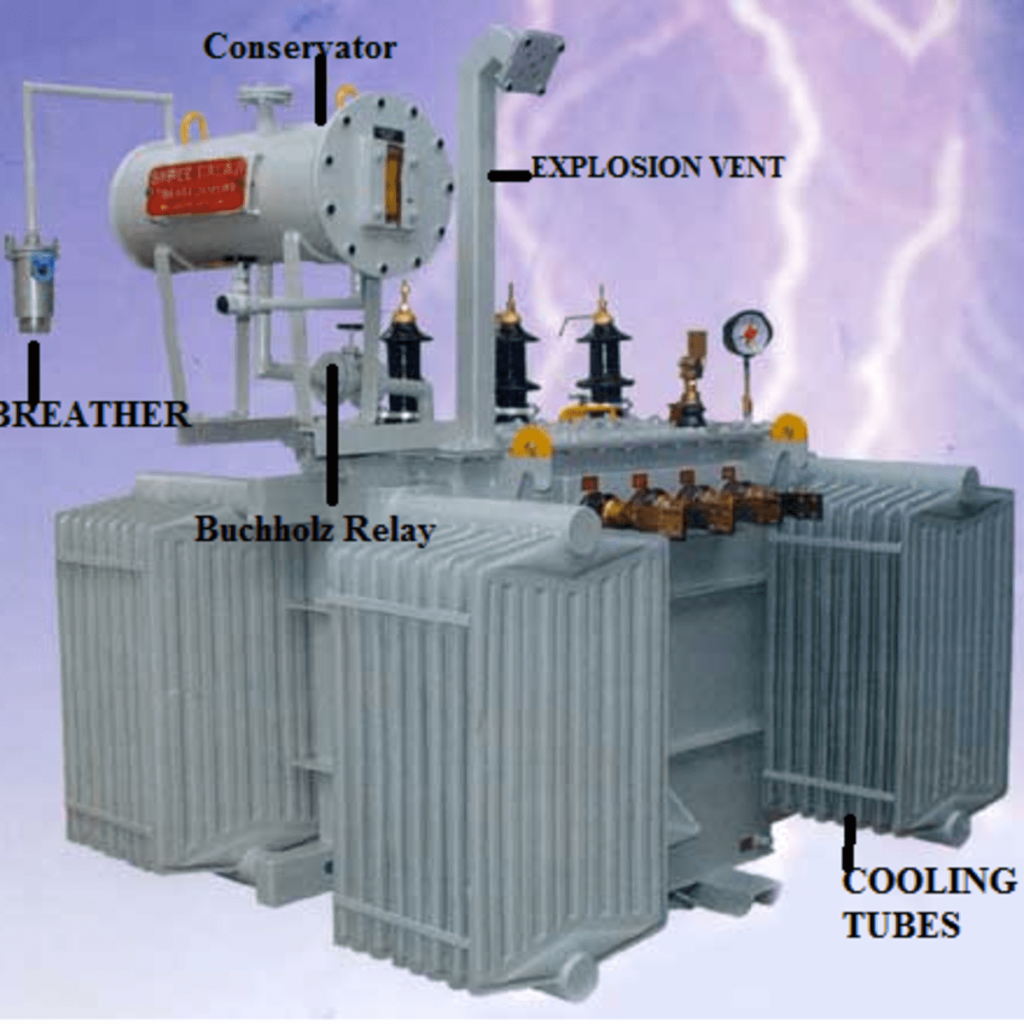Introduction
The transformer, in simple terms can be defined as the voltage regulator. It helps in stepping up and stepping down of the voltages. We all have seen transformers in our locality, where the current is passed from higher voltage to the lower voltages. In this blog, we will discuss about the differences between the power transformer and the distribution transformer. The distribution transformer manufacturers offer a large variety of transformers which basically works as the last change of voltage in the electric framework.
The alternating current is made achievable because of the development of the distribution transformer. The distribution transformer manufacturers mainly manufactures two different kinds that we have discussed below. We will also discuss the term ‘distribution transformers’ and ‘power transformers’.
What are the differences between a power transformer and a distribution transformer?
There are many differences between the power transformer and distribution transformers. We have discussed below, the basic differences of the two transformers in a categorical manner. The categorical division of the two transformers is namely, transformer rating and transformer size.
Transformer Rating:
Transformers used in transmission networks are typically rated at 200MVA. They can provide higher voltages for step-up and down applications. This transformer is used for low voltage distribution networks. It is commonly used for connecting end-user to distribution networks.
Transformer size/ Insulation level:
The level of insulation is high in these kinds of transformers. Substation transmission and generating station are used in it. In comparison to distribution transformers, the power transformers are bigger in size. The transmission purpose at heavy load, high voltage is used in Power transformer.
The power transformation works efficiently while it is smaller in size, has a low magnetic loss, and is not fully loaded. Distribution of electrical energy at low voltage and more in domestic purpose is the main work of distribution transformer. Thus, the distribution transformers are rarely used in industrial areas or for industrial purposes.

Power Transformers
Because power transformers are utilized in the transmission network and do not link directly to consumers, load variations are minimal. Cu and Fe losses occur throughout the day since these are fully loaded twenty-four hours a day, and the particular weight, i.e. (iron weight)/ (cu weight), is quite low. The power transformers, unlike the distribution transformers, are loaded and are used for heavy working purposes.
The typical loads are closer to full loaded or semi loaded, and they are built so that maximum efficiency is achieved at full load. As the power transformers are time-independent, calculating the efficiency on a power basis is sufficient.
Power transformers are employed in the distribution network because they are directly connected to the customer, resulting in high load variations. Because these are not fully loaded at all times, iron losses occur twenty-four hours a day, and copper losses occur according to the load cycle. The specific weight is higher, i.e. (iron weight)/ (cu weight). An average load is approximately seventy-five percent of full load, and these are constructed so that maximum efficiency occurs at seventy-five percent of the full load.
The time independence of the power transformers is sufficient for an all-day efficiency. However, it must be determined before the efficiency can be calculated.
For transmission purposes, power transformers are employed as step-up devices to reduce the iron loss for a given power flow. These transformers are designed to make the most of the core and will operate extremely close to the B-H curve’s knee point (slightly above the knee point value). This significantly reduces the core’s bulk. At peak load, these transformers naturally have equal iron and copper losses (i.e., the maximum amount of efficiency points where both the losses match). The match of losses is calculated by the amount of efficiency discharged during the current consumption.
Distribution Transformers
Obviously, distribution transformers cannot be designed in this manner. As a result, when developing it, all-day efficiency comes into play. It is determined by the normal load cycle for which it is responsible. The core design would undoubtedly take into account that the peak load is coordinating with the power consumption, and as well as all-day efficiency. Between these two points, it’s a good deal to use the distribution transformers for works which involve less amount of voltage regulation.
In most cases, the power transformer starts operating at full capacity. As a result, it is constructed in such a way that copper losses are kept to a minimum range. A distribution transformer, on the other hand, is always on and, for the most part, operates at less than full load. As a result, it is constructed in such a way that core losses are kept to a minimum. As we all know, the core lamination of the transformers is wired with copper wires to transfer the higher voltage to the lower voltage and vice-versa. The current consumption or the current flow through the wires are kept varying in order to measure the actual losses.
The flux density in power transformers is higher than in distribution transformers. This is one of the common differences between the two transformers. The flux density is often defined as the number of lines of force passing through a particular area. This is also known as magnetic induction.

Maximum Efficiency
As the distribution transformers are infrequently used, they are designed for maximum efficiency at sixty percentages to seventy percentage efficiency at full load. The demand for distribution transformers determines its capacity. The power transformer, on the other hand, is designed for maximum efficiency at hundred percent loads because it is always running at its peak load due to its proximity to the generating station. At the distribution level, where voltage is often lower, a distribution transformer is utilized
.
The voltage given to the end-user is nearly and always the secondary voltage. Due to voltage drop limits, delivering such secondary voltage across long distances is usually not practical. The voltage drop often results in connection interruption at a distance. As a consequence, most distribution systems contain several ‘clusters’ of loads fed from distribution transformers, which implies that distribution transformers’ thermal ratings don’t need to be especially high to handle the loads they must serve.
Conclusion
The differences between the power transformer and the distribution transformers are very self-explanatory. The most common difference between these two transformers is that the power transformer is for heavy load purposes and the distribution transformers are generally used for household purposes. The work of the distribution transformer manufacturer and the power transformer manufacturers is quite the same. They are both producing devices that regulate the voltages as per convenience. Sometimes, we need to use the step-up transformer for increasing voltage and sometimes we need a step-down transformer, which helps in decreasing the voltage. The work of both the transformers is the same in view of voltage regulations. But, if we want to differentiate the two, we need to point out the difference between efficiency and losses.




